SegNet uses the 13 convolutional layers from VGG. (2+2+3+3+3)
Check this visualization and the paper for more information.
From the paper:
It is easy to see that a stack of two 3×3 conv. layers (without spatial pooling in between) has an effective receptive field of 5×5 such layers have a 7 × 7 effective receptive field. So what have we gained by using, for instance, a stack of three 3×3 conv. layers instead of a single 7×7 layer? First, we incorporate three non-linear rectification layers instead of a single one, which makes the decision function more discriminative. Second, we decrease the number of parameters: assuming that both the input and the output of a three-layer 3 × 3 convolution stack has C channels, the stack is parametrised by  weights; at the same time, a single 7 × 7 conv. layer would require
weights; at the same time, a single 7 × 7 conv. layer would require  parameters, i.e. 81% more. This can be seen as imposing a regularisation on the 7 × 7 conv. filters, forcing them to have a decomposition through the 3 × 3 filters (with non-linearity injected in between).
parameters, i.e. 81% more. This can be seen as imposing a regularisation on the 7 × 7 conv. filters, forcing them to have a decomposition through the 3 × 3 filters (with non-linearity injected in between).
 .
.
